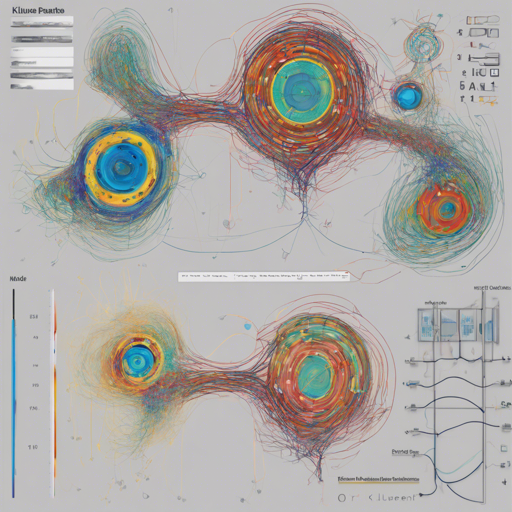In the world of Natural Language Processing (NLP), fine-tuning large pre-trained models is essential for achieving optimal performance on specific tasks. In this article, we will guide you on how to fine-tune the KlueRoberta model using some specific hyperparameters and settings.
Getting Started with Fine-Tuning
Fine-tuning a model can be likened to training an athlete for a specialized sport. While the athlete may have general training, they need specific drills and techniques to excel in their chosen arena. Similarly, we will take the pre-trained KlueRoberta model and adapt it to our needs through fine-tuning.
Key Parameters for Fine-Tuning
When fine-tuning the KlueRoberta model, we need to consider several hyperparameters that dictate how the model learns:
- Model: klueroberta-large
- Learning Rate: 1e-4
- Learning Rate Scheduler Type: linear
- Weight Decay: 0.01
- Epochs: 5
- Checkpoint: 2700
The Fine-Tuning Process
Here’s a breakdown of how to execute fine-tuning using the specified parameters:
from transformers import RobertaTokenizer, RobertaForSequenceClassification
from transformers import Trainer, TrainingArguments
# Load the tokenizer and model
tokenizer = RobertaTokenizer.from_pretrained('klue/roberta-large')
model = RobertaForSequenceClassification.from_pretrained('klue/roberta-large')
# Training Arguments
training_args = TrainingArguments(
output_dir='./results',
evaluation_strategy='epoch',
learning_rate=1e-4,
per_device_train_batch_size=16,
per_device_eval_batch_size=16,
weight_decay=0.01,
num_train_epochs=5,
)
trainer = Trainer(
model=model,
args=training_args,
)
# Start training
trainer.train()
Explanation of the Code
To put the code into perspective, let’s imagine you are a coach preparing an athlete for competition:
- From the Sports Store: You gather your gear, which corresponds to calling the tokenizer and model.
- Creating a Game Plan: You outline your training regimen, just like the training arguments define how the model learns.
- The Training Session: With everything in place, you guide the athlete through the training routine, akin to executing the trainer’s train method.
Troubleshooting Tips
While fine-tuning the KlueRoberta model, you might encounter some challenges. Here are a few troubleshooting ideas:
- If the training is not improving: Check if your learning rate is too high or too low. It may need adjustment.
- Out of memory errors: Try reducing the batch size.
- If the training takes too long: Consider reducing the number of epochs or optimizing your dataset.
For more insights, updates, or to collaborate on AI development projects, stay connected with fxis.ai.
Conclusion
Fine-tuning a model like KlueRoberta is an essential step towards enhancing NLP applications. By leveraging the correct hyperparameters and understanding the fine-tuning process, you’re well on your way to fine-tuning success. At fxis.ai, we believe that such advancements are crucial for the future of AI, as they enable more comprehensive and effective solutions. Our team is continually exploring new methodologies to push the envelope in artificial intelligence, ensuring that our clients benefit from the latest technological innovations.

